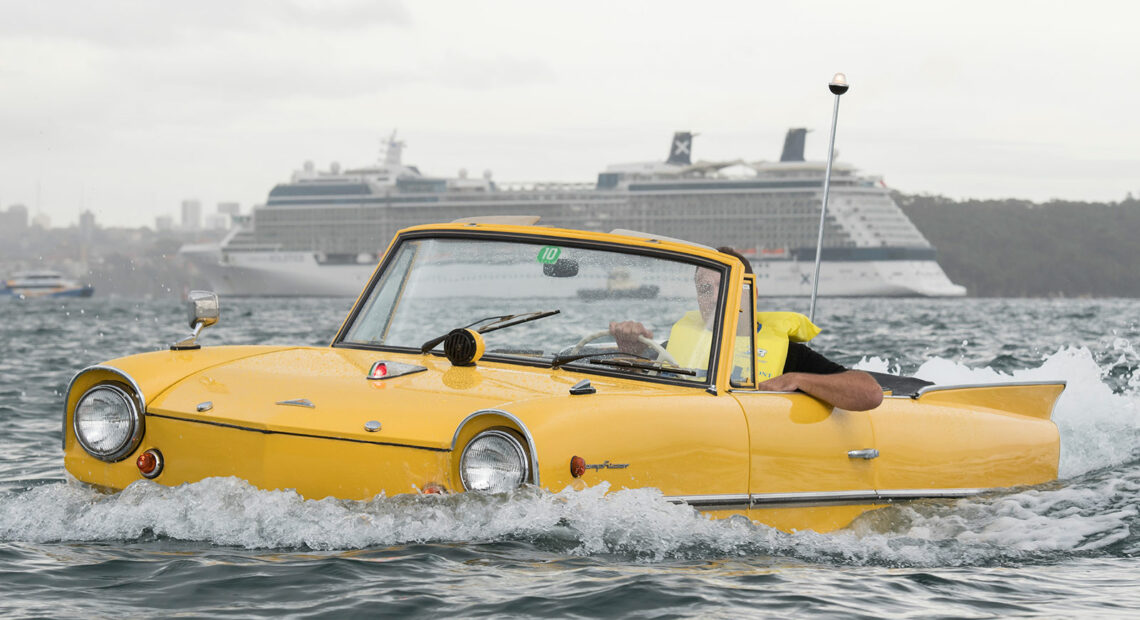The Fascinating Amphicar: How It Worked

The Amphicar, produced from 1961 to 1968, was a unique amphibious vehicle that captured the imagination of many car enthusiasts. Designed by German engineer Hans Trippel, this peculiar automobile had the ability to navigate both land and water. In this blog post, we will explore how the Amphicar worked and what made it such a remarkable vehicle for its time.
- Dual-Purpose Design: The Amphicar was designed to function as both a car and a boat. Its body structure resembled a typical car, with four wheels and a sleek, streamlined shape. It featured a folding soft top that could be used for protection against the elements, and its appearance was comparable to popular European cars of the era.
- Propulsion on Land: On land, the Amphicar was driven by its rear wheels, which were connected to a 1147cc four-cylinder engine mounted in the rear of the vehicle. The engine produced around 43 horsepower, allowing the Amphicar to reach a top speed of approximately 70 mph (113 km/h) on land. The engine was air-cooled and derived from the Triumph Herald, a British car.
- Propulsion in Water: The unique aspect of the Amphicar was its ability to operate on water. When entering the water, the driver would engage a set of twin propellers located at the rear of the vehicle. These propellers were driven by the same engine used for land propulsion. The wheels would retract, and the Amphicar would be propelled through the water at a top speed of approximately 7 mph (11 km/h).
- Buoyancy and Water Safety: To ensure buoyancy and water safety, the Amphicar was designed with watertight compartments and utilized a sealing system for various components such as the doors, windows, and engine bay. Additionally, the vehicle was fitted with bilge pumps to remove any water that may have entered the hull during water operations. The Amphicar was classified as a “boat” and required the same safety equipment as a conventional watercraft, including life jackets.
- Steering and Navigation: Steering the Amphicar on both land and water was accomplished using the front wheels. In the water, the steering mechanism controlled a rudder at the rear, which helped to steer the vehicle in the desired direction. The driver had to make adjustments to compensate for the different handling characteristics on land and in water.
- Transitioning Between Land and Water: Transitioning between land and water in the Amphicar was a straightforward process. The vehicle could be driven directly into the water from a boat ramp or shoreline, and the driver would engage the propellers to start water propulsion. Similarly, when leaving the water, the driver would approach land and allow the wheels to extend, enabling the Amphicar to continue its journey on land.
The Amphicar was a remarkable automobile that combined the functionality of a car and a boat. Its unique design and engineering allowed it to navigate both land and water with relative ease. While it may not have been the most powerful or fastest vehicle in either environment, the Amphicar’s versatility and charm made it a truly one-of-a-kind vehicle in automotive history.
Picture Courtesy: Google/images are subject to copyright












